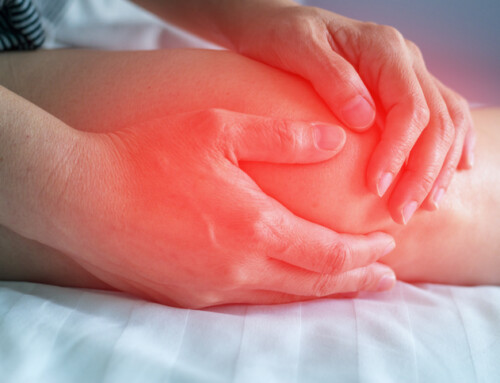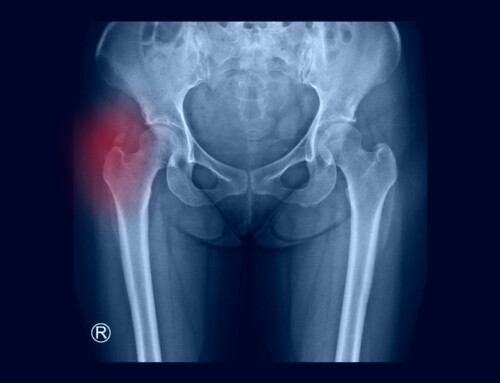Physical Therapy for Osteoporosis
By Jennifer Mirdita, SPT
What is Osteoporosis?
Osteoporosis, which translates to “porous bone”, is defined as the loss of bone mineral density, causing your bones to become weak and fragile. This bone-thinning can be a result of hormonal changes, or a nutritional deficiency of vitamin D or calcium. When your bones are weakened by osteoporosis, it leaves you susceptible to fractures, even without the incidence of a traumatic injury. The most common areas of the body at risk of fractures due to osteoporosis include the hips, spine, and wrists. Most importantly to be aware of with this condition, the vertebra that make up your spine can be fractured during everyday activities such as climbing stairs, lifting objects, or bending forward.
Could I Be at Risk?
There are nonmodifiable and modifiable risk factors associated with the development of Osteoporosis.
Nonmodifiable
- Gender: This condition is 4 times more common in females than in males.
- Age: Bone density peaks around the age of 30. Women over 50 are most affected due to decreased estrogen production following menopause.
- Family History: Genetic factors have a function in regulating bone mineral density.
- Ethnicity: Caucasian and Asian women have been shown to be most susceptible to the development of osteoporosis due to bone mass characteristics.
- Bone structure and history of fractures: Those with a small body frames or previous bone injuries tend to have weakened bones, which may increase your risk of fracture with osteoporosis.
Modifiable
- Poor Nutrition: Diets rich in protein, vitamins and minerals, including calcium and Vitamin D are essential for bone health.
- Smoking: Research shows that calcium absorption is decreased with smoking. It has also been shown that women who smoke have lower estrogen levels.
- Physical inactivity: Bones become stronger as a result of weight bearing activities and muscle strengthening.
- Medications: Glucocorticoids limit the amount of bone remodeling that naturally occurs in the body, which may over time lead decreased bone density.
If you have osteoporosis or have any of the above risk factors, management of the modifiable risk factors is a key to successful health. Follow these key tips to take charge of your bone health:
- Be aware of your nutritional intake! Include foods that are rich in calcium and vitamin D to your diet. Avoid excessive alcohol consumption and tobacco use. Talk to your doctor or a nutritionist for simple ways to manage your bone density through diet.
- Talk to your doctor about routine bone density screens.
- Incorporating weight-bearing exercises (which include walking, aerobics, tennis, and many other activities) into your fitness routine.
Because physical activity is one of the most important modifiable factors associated with osteoporosis, physical therapy aims to find the best ways to incorporate exercises and weight bearing activities into your lifestyle. Here at Capital Area PT and Wellness, we educate our patients on ways to safely perform your normal activities to reduce the risk of fractures, teach exercises to help strengthen your muscles and bones, and find the best therapeutic techniques based on your individual needs in order to improve your health and quality of life.






